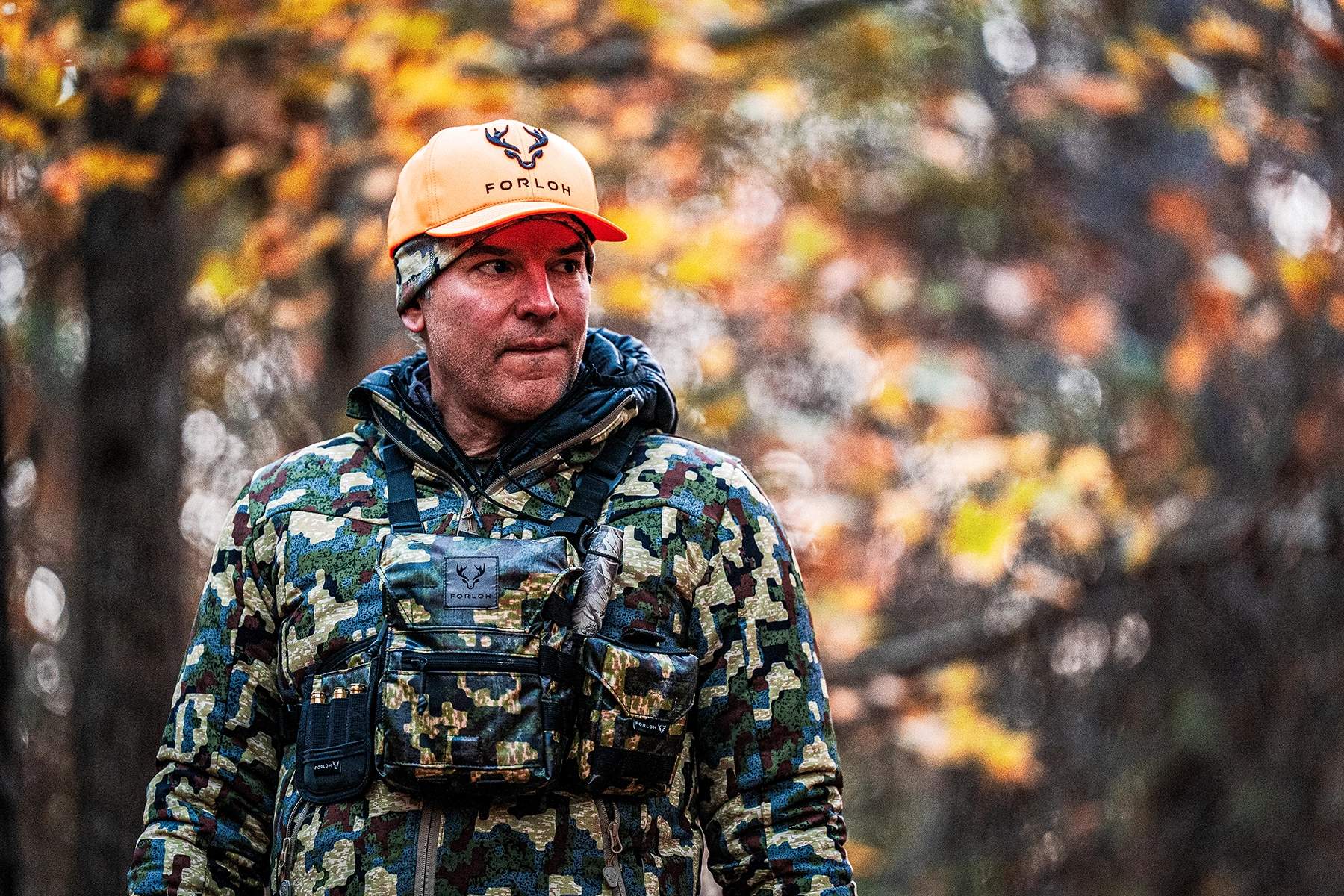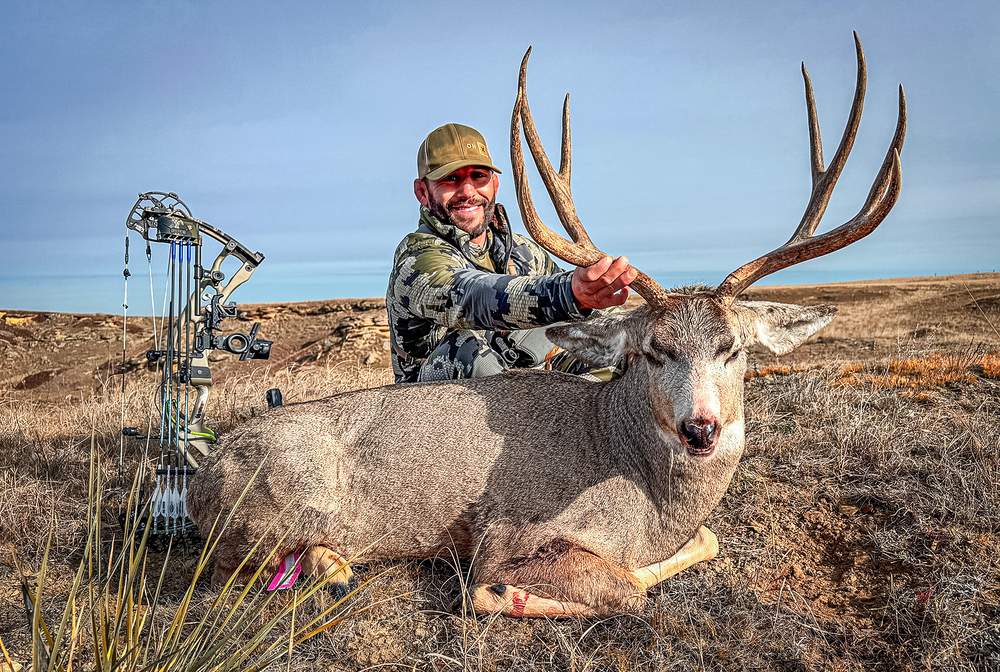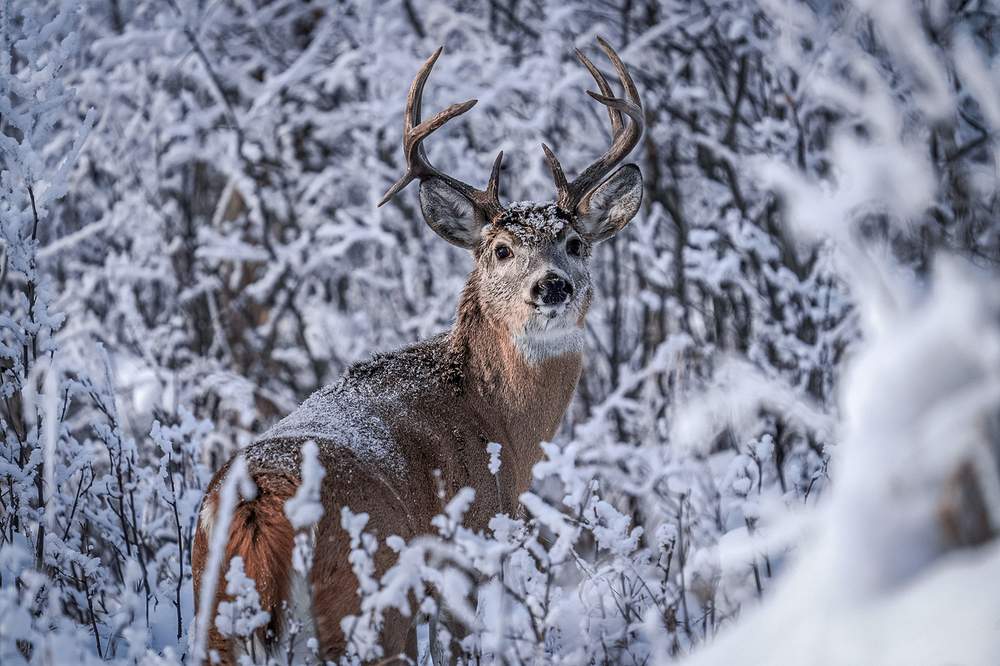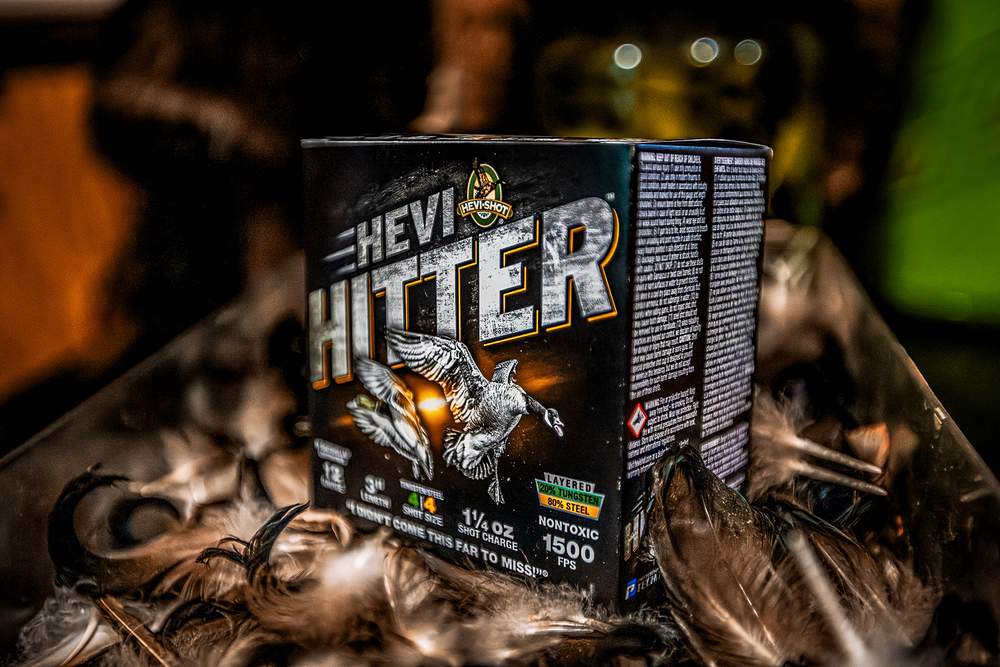Hook & Barrel Magazine Editor-in-Chief John Radzwilla recently sat down with Andy Techmanski, the founder and CEO of FORLOH, a newcomer in the premium, technical hunting, fishing, and outdoor apparel space. He reveals how this America-made company is carving its own niche in a highly competitive market and how FORLOH went from an idea to a successful reality.
Hook & Barrel (HB): The outdoor gear market is brutally competitive. What’s the difference between FORLOH and the Sitka’s of the world, and how are you weaponizing that difference to carve out territory they can’t touch?
Andy Techmanski (AT): FORLOH is the only made in USA Hunting and Fishing apparel brand that offers a full complement of men’s, women’s and youth apparel for all weather and seasons. We have essentially created a new market of one with our unyielding commitment to making products here in America but it goes beyond that.
To make products here is one thing, but to make them at the highest technical level and only use the newest technologies in fabrics is another. That took a lot of grit, training and determination to elevate the brand and our offering of products above all others.
The brand was formed on three pillars and we will never veer from this path. 1. To make our products 100% sourced in the USA. 2. To only use the newest technologies in textiles; no compromises, no cute marketing names for old tech, new and innovative all the way. 3. Zero concessions to our approach at how we build our gear. Everything we build is built to its fullest potential, the most durable and robust that it can possibly be made with today’s technology.
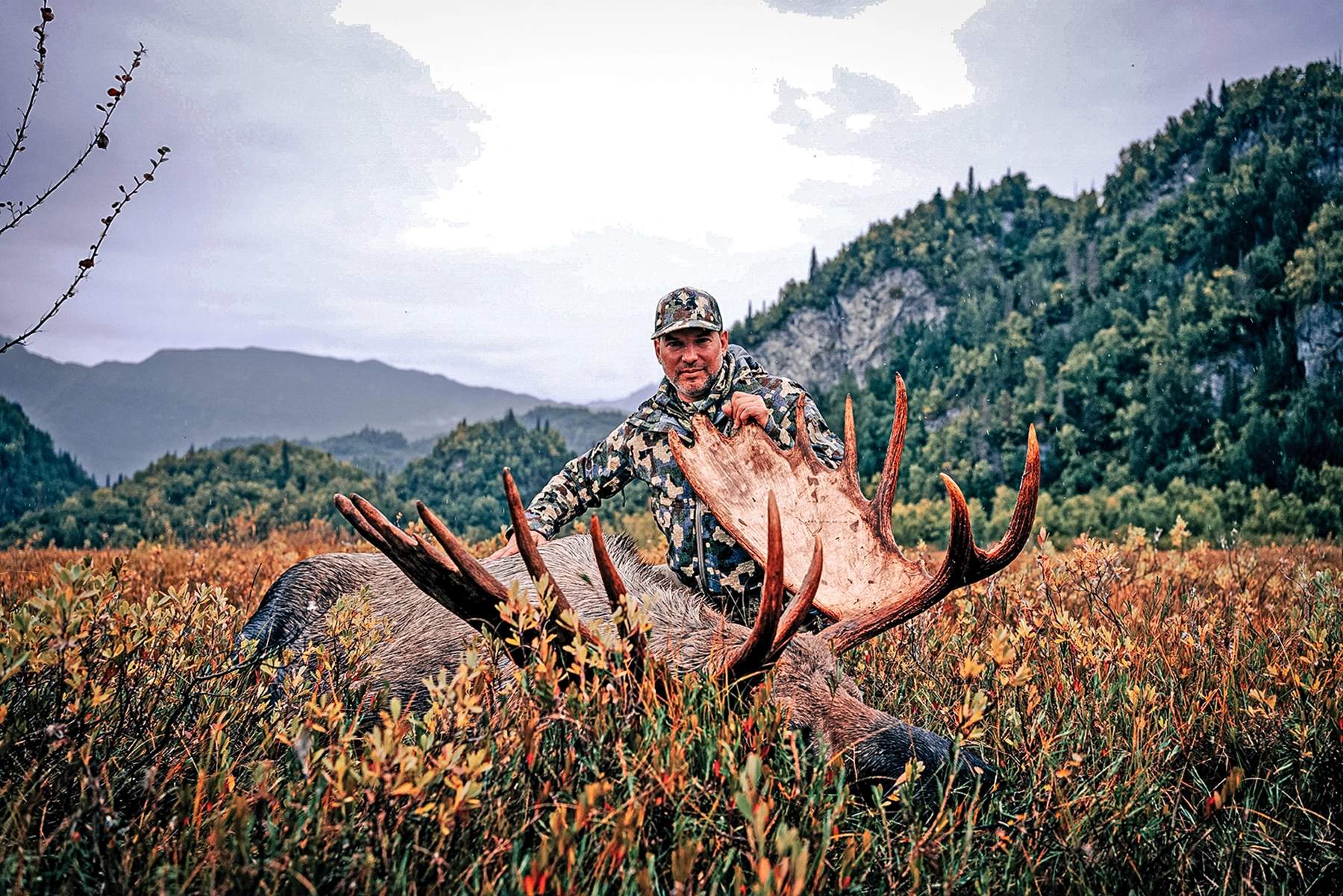
(HB): FORLOH makes American-made hunting gear, which honestly seems like suicide in a market dominated by overseas manufacturing, even with the looming tariff war. What’s the contrarian bet you’re making that others missed?
(AT): FORLOH was formed out of frustration. We are hunters who venture into extreme outdoor environments. What I was wearing before wouldn’t last a full season and honestly could put my life and others in jeopardy if it failed in the wild. I wanted to do more for the outdoor industry, but also to prove to the industry that it could be done here at the highest level. Not to beat the competition, but instead to invite them to use our blueprint to do it here as well.
Yes the foreign-made guys have higher margins than us, and yes, manufacturing there could be easier, but we are a part of a movement that is spearheading the rebirth of American ingenuity in industrialism. Making it in America can’t be enough; we have to be better, build better and add more value to our consumers’ outdoor experience, and more importantly, win their trust, so that when they are going into the extreme, there is only one brand they will trust. That’s where we strive to be.
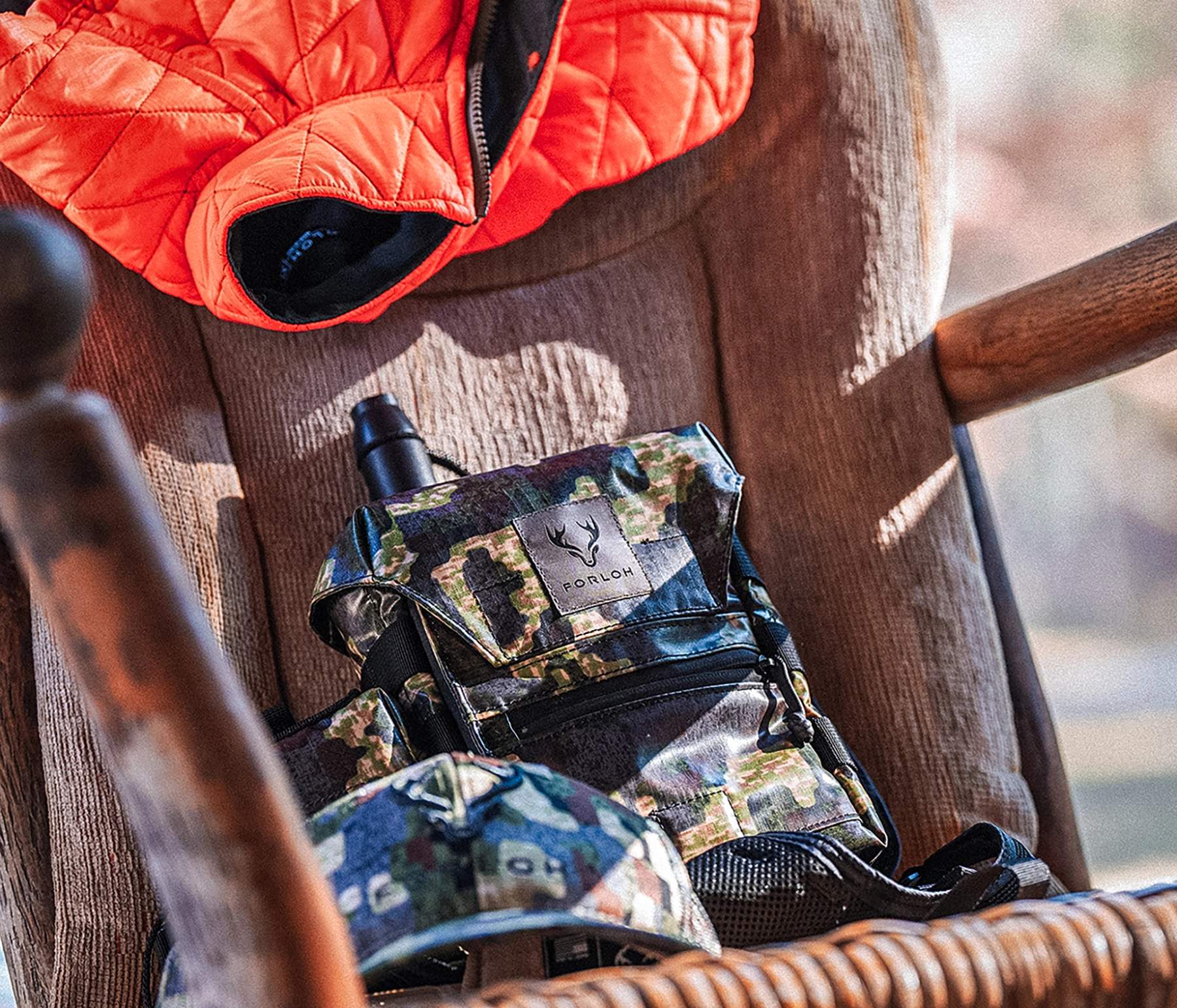
Making it in the USA is tough, and I certainly hope that my passion pays off. I feel like we are so close to growing into a sustainable market of patriots that believe in our goals and mission, and have made it their own.
(HB): You built and sold a utility services company before launching FORLOH. What skill or mindset transferred surprisingly well from power line work to technical apparel, and what was the steepest learning curve?
(AT): I still own the utility services company, as well as a rifle manufacturing brand Divide Gun Company, a private investment group and some other ventures. For all intents and purposes, I am a serial entrepreneur. I came up as a lineman in the electrical industry before starting my own business. Linemen are inherently very hard on the protective clothing we wear in the field. It’s one of the hardest and most dangerous jobs in the world. I learned a lot about what clothing worked and didn’t work on the job and how to adapt some mountaineering apparel to power line work to make for a more comfortable day in the field.
Learning how to problem solve efficiently is the top transferable skill among all my businesses. FORLOH making products in the USA may have been the hardest problem to solve, but we have managed to get over every hurdle thus far.
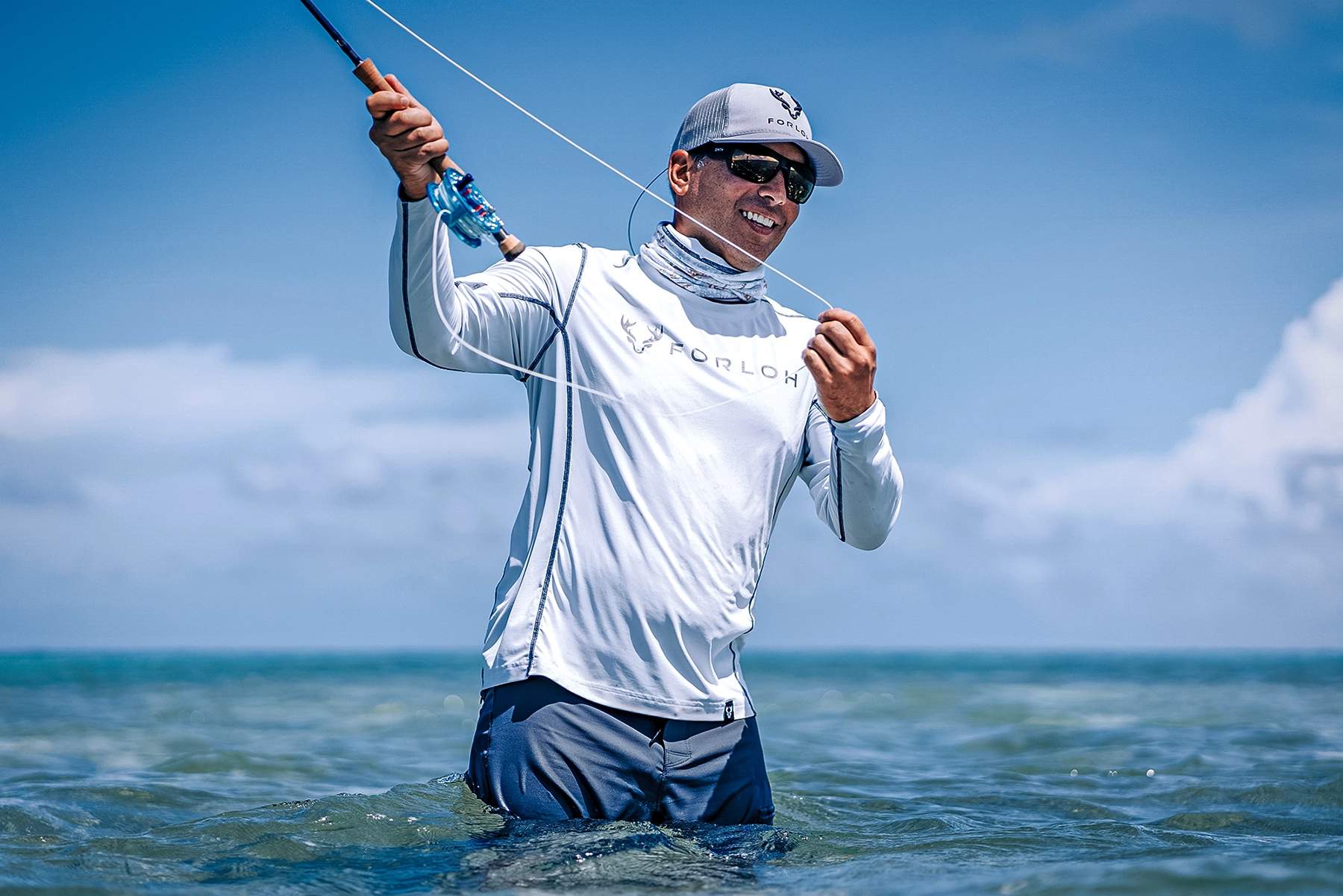
(HB): The outdoor apparel space has these entrenched players with massive distribution networks. What financial metrics are you tracking differently than traditional brands, and where are you finding the leverage points they’ve missed?
(AT): FORLOH focuses more on direct-to-consumer sales than anything else, partly because we don’t have margins to globally and large-scale distribute in a wholesale environment. Yes, we do have some wholesale partners, but mostly high-end smaller boutique shops in the more remote parts of the country. We are looking for and finding consumers who believe in the American manufacturing dream as we do. We are also small enough that we can offer a very hands-on, white-glove experience for our consumers.
I am heavily involved in the communication with our customers and spend much of my week in direct contact on social media and calls with customers answering questions about products or just offering insight on how our gear works in varying environments. Our brand has a soul and a founder who is accessible and is also an avid outdoorsman, spending over 120 days per year in the field on hunting and fishing adventures.
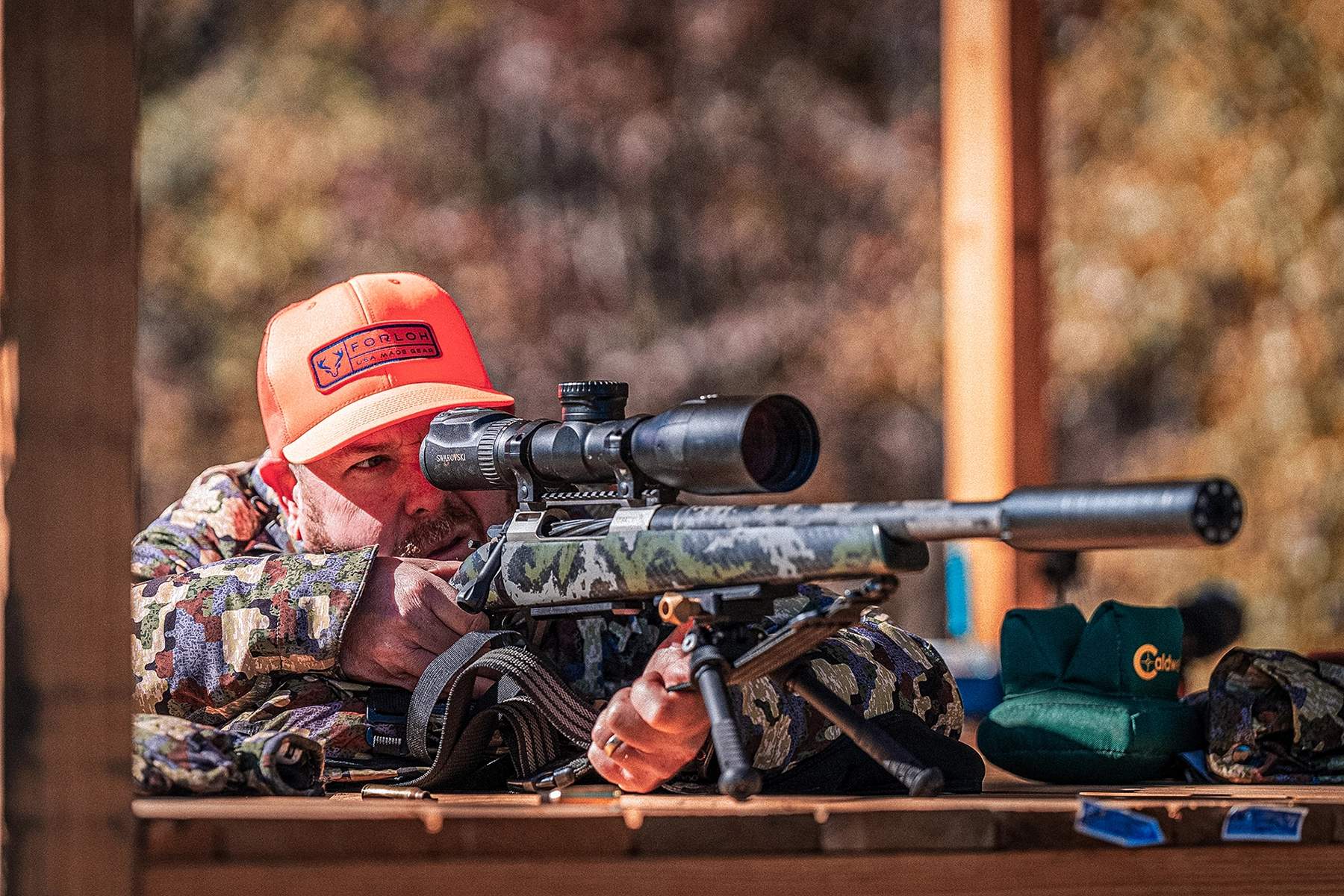
(HB): If you were given $10 million tomorrow to acquire companies that would create a flywheel effect with FORLOH, what would you buy first and why?
(AT): I just acquired Divide Gun Company and am actively looking at other premium USA-made brands. The goal is to build a USA-made outdoor conglomerate of brands that serve the same function in building products that enhance the outdoor experience, but also complement each other in doing so.
(HB): Your customer acquisition strategy seems unique in the space. Break down your current customer acquisition costs, your best-performing channels and how that’s evolved as you’ve scaled.
(AT): Organic growth and building customer loyalty are always our focus. We don’t want the customer to come in for one purchase, we want them to overwhelmingly be satisfied with the service they got and the quality of our products so that they then refer us to family and friends. Unlike our competition, we don’t spend exuberant amounts of capital on paid media and marketing to essentially buy someone’s attention. We would much rather be the word-of-mouth brand that everyone is talking about in the shadows.
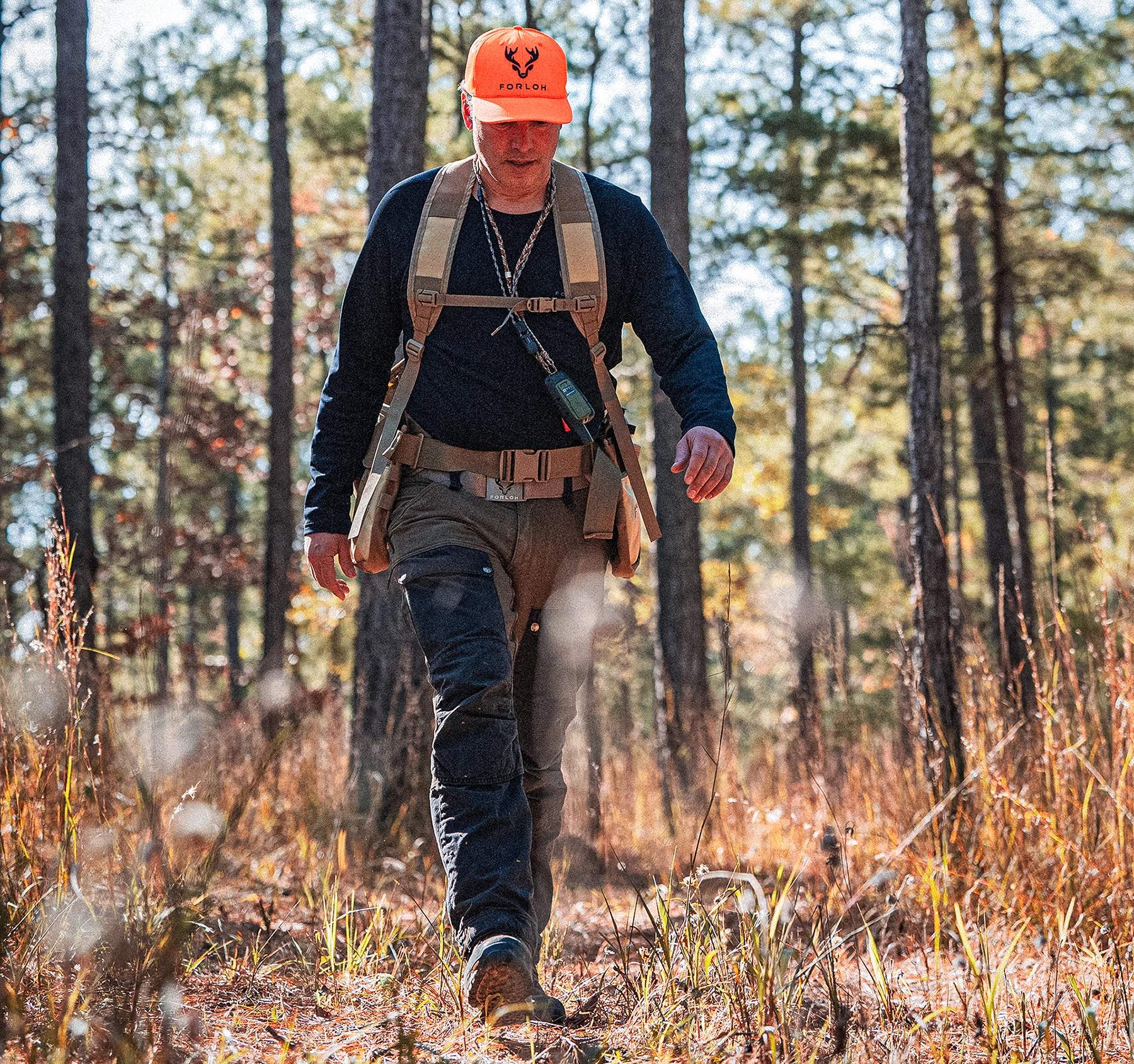
(HB): Most founders have that “Oh shit!” moment where they almost lose it all. What was yours with FORLOH, and how close did you come to the edge?
(AT): We had just launched the brand in mid-2020 and shortly after, Covid struck. There was a moment where I had invested millions just to get us to launch, and everything seemed like it could unravel. At that moment, we quickly realized that we were really good at using our factories to make medical isolation gowns. FORLOH became one of the largest medical isolation gown manufacturers in the USA for a five-month period, making over 5 million gowns.
(HB): Every founder has a number—that price where they’d sell even if they claim they’re building forever. If you’re sitting across from a potential acquirer tomorrow, what’s your argument for why FORLOH deserves a revenue multiple that’s higher than what they are negotiating?
(AT): In today’s market, FORLOH is unique because we are on the cutting edge of new technologies in textiles and manufacturing processes, we offer a safe economic environment for manufacturing tariff-free and we have found a loyal following of patriotic consumers that “Made In USA” means something. That’s special.
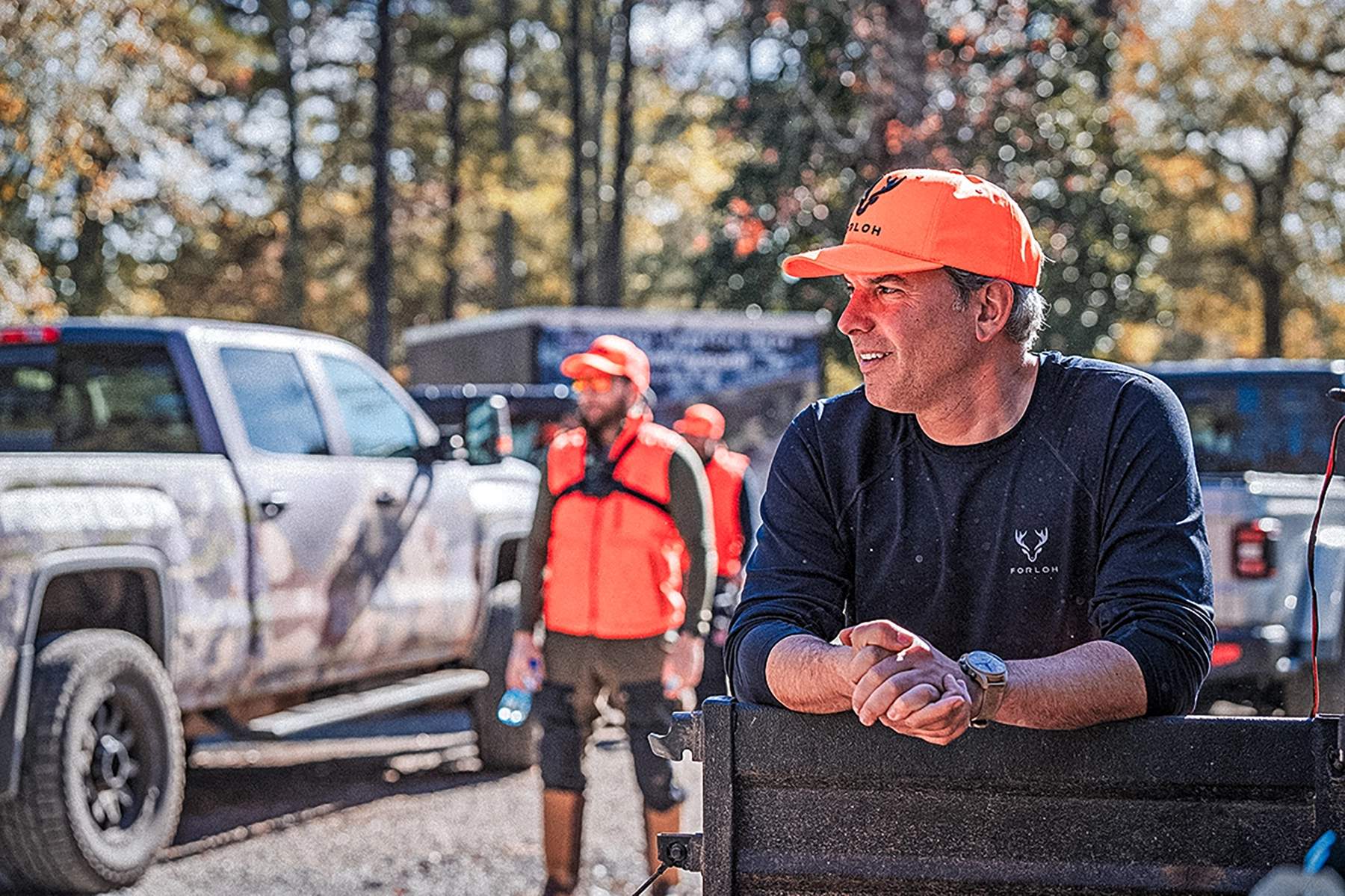
(HB): Alright, Andy, quick-fire round—you’ve seen markets from energy and construction to premium outdoor gear. Give us three under-the-radar markets you think are ripe for disruption that nobody’s talking about. The weird, underserved niches where you’d put money if you weren’t all-in on FORLOH?
(AT): Automation in technology and manufacturing is a field that is growing exponentially. Businesses want to move faster and more cost-efficiently, and a workforce wants to drive this technology more effortlessly. If you can invest in that, you are investing in tomorrow.
Space is another industry that is up and coming. We at FORLOH actually use space technology in our cold-weather insulation pieces with Trizar, which is a certified space technology used in space to insulate astronauts and space shuttles from extreme heat of reentry.

Our world is growing beyond our planet, and in our lifetime there will be settlements on other planets, and new technologies and apparel need to meet these new frontiers. FORLOH will be there for tomorrow’s space-bound consumer, protecting and enhancing their interstellar experiences.
